What To Consider When Buying A Wedge
When you're looking to upgrade and refine the scoring section of your bag, there are a number of factors that need considering
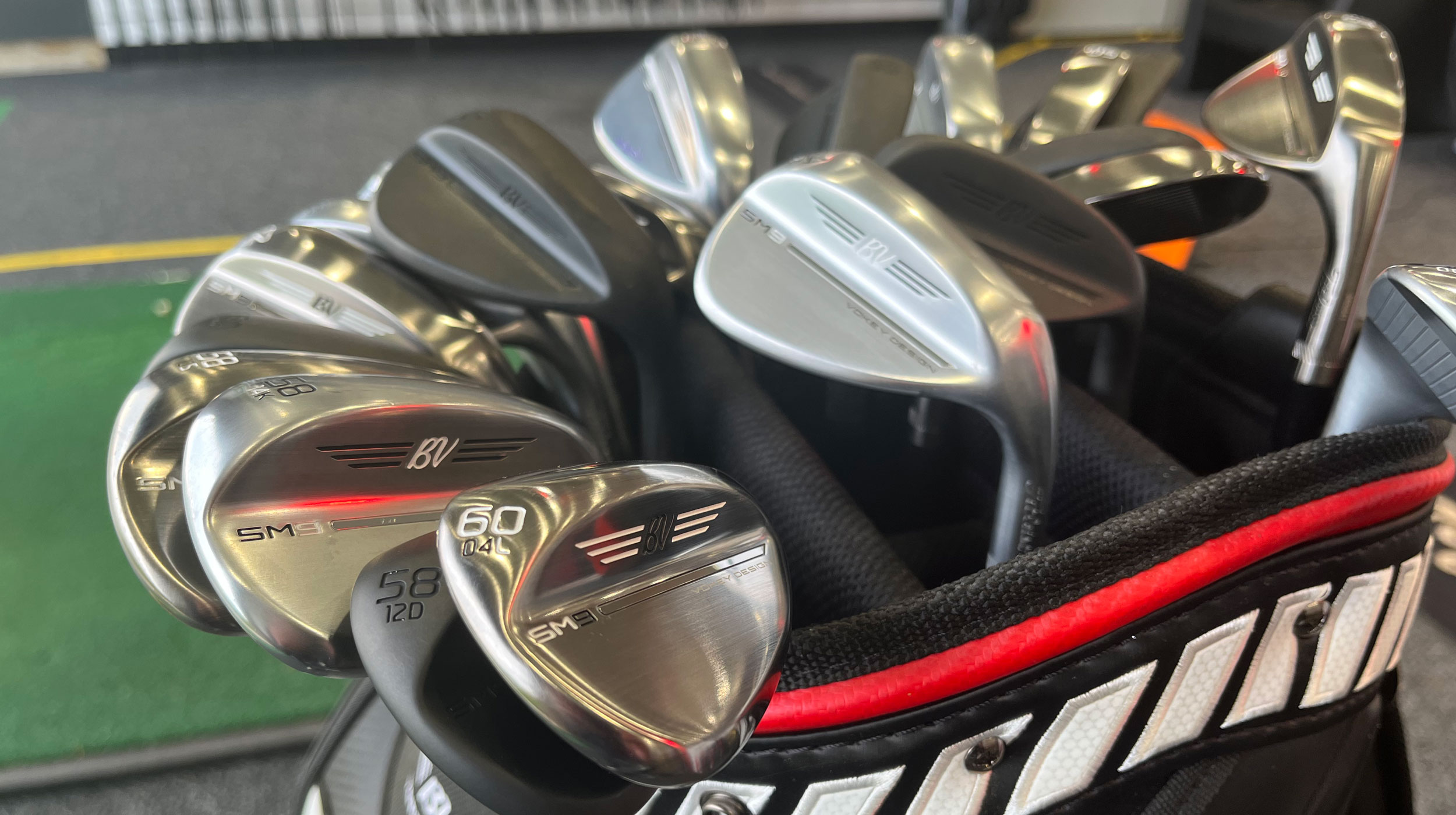

Sam Tremlett
What To Consider When Buying A Wedge
What variables should you consider when trying to buy the best wedges for your game? As it turns out, there are a number of factors that need considering if you are to get the most out of your game.
Wedges – often referred to as the scoring end of your bag – cover a wide range of lofts from about 42˚ up to 60˚ (and sometimes beyond). Importantly, they have to be versatile to play a variety of shots in terms of pitching from the fairway, rough, sand, and so on. Many wedges will perform better than others in certain aspects.
At Golf Monthly, we have guides on the best wedges for chipping, and even the best sand wedges, which will really help you when you are struggling to find the green grass throughout your round. So, what should you be focusing on when you are looking to buy some new wedges? Find out below.
Price
For most, the first consideration is how much you’re prepared to pay for your new wedges. If you’re starting out, you may, of course, opt to use any wedges that came with your iron set, at least to start with. However, there are a number of best wedges for beginners available on the market.
For those of a more experienced nature, there are a number of options available on the market and there are some models available from specialist companies like Fourteen or Miura that cost even more. Like any part of the bag though, there are yet more options we need to consider before making a decision.
How Many Wedges?
How many wedges should I carry in my bag? Well, most golfers carry between two and four wedges. A Tour player will likely lean towards four, but that may not be necessarily right for you. Importantly, you need to assess whether you require more options and versatility at the longer end of your set to avoid potentially big yardage gaps.
Get the Golf Monthly Newsletter
Subscribe to the Golf Monthly newsletter to stay up to date with all the latest tour news, equipment news, reviews, head-to-heads and buyer’s guides from our team of experienced experts.
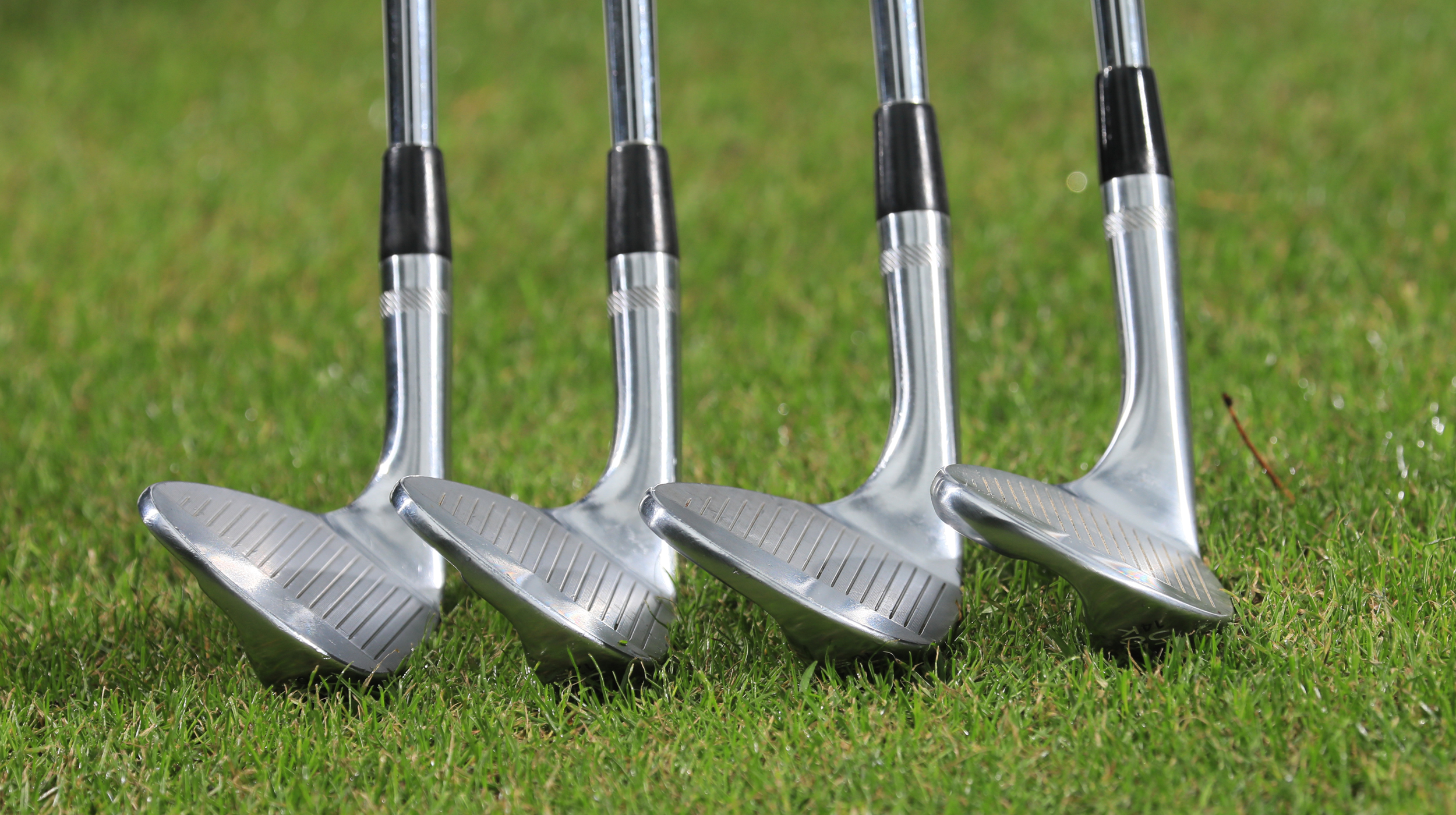
If you think you need greater depth at the long end of your bag, then four wedges won't be for you. If you are a longer hitter, then it may be better to load up the lower end of your bag and include more wedges.
Lofts And Gapping
Deciding on how many wedges you will need will then dictate what sort of lofts you need between them. If you’re going to stick with your iron set pitching wedge, then you need to know what loft your pitching wedge is so you can work out what loft your next wedge (typically a gap wedge) ideally needs to be.
If you're dropping your set’s wedge, you need to check your 9-iron loft so you can work out what will be the best pitching wedge loft for you. Iron and wedge lofts have got stronger over the years. Whereas the degree of loft on pitching wedges in sets was once typically in the high 40s, it is now in the low-to mid-40s.
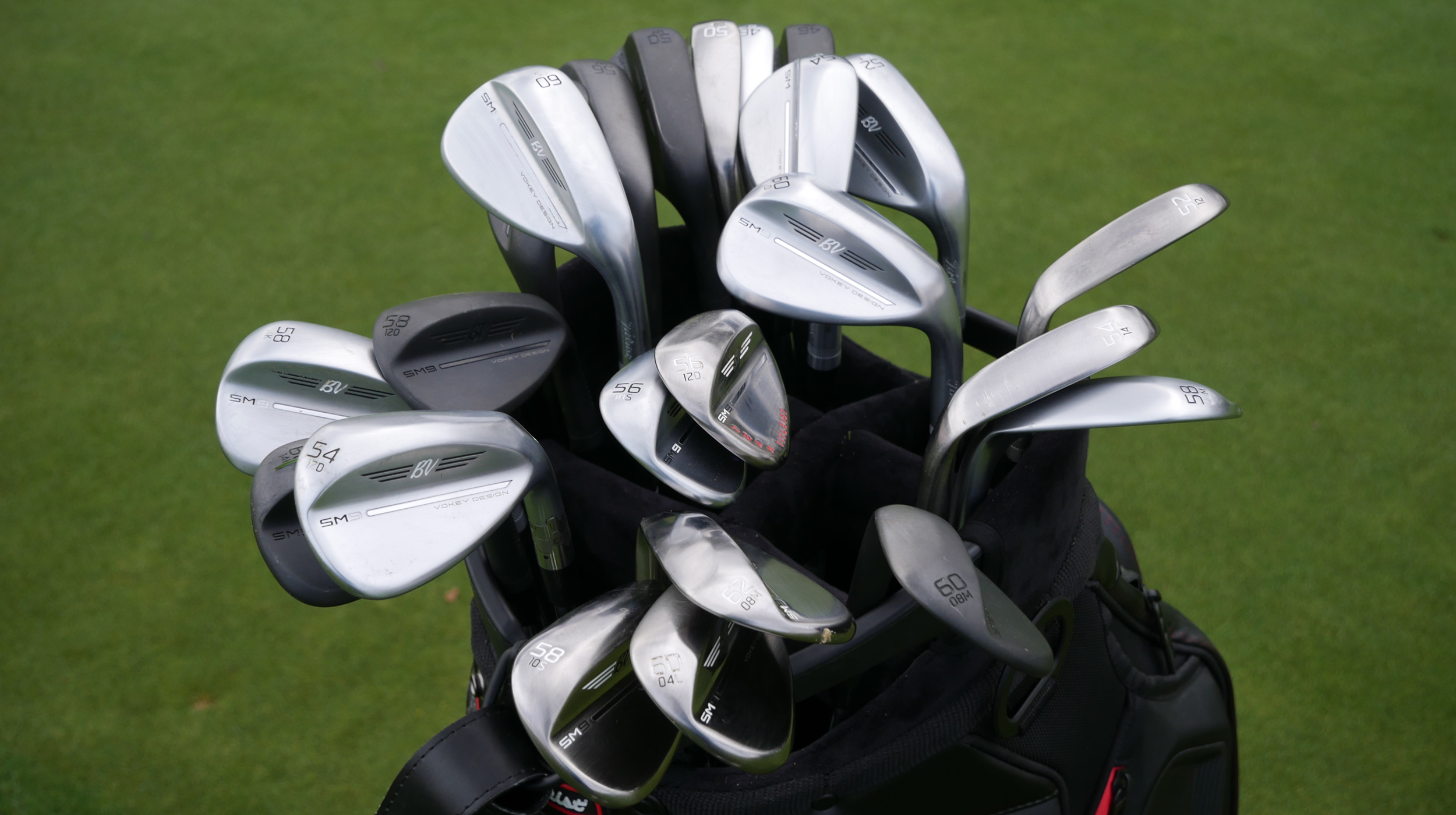
If you’ve changed your irons recently, but haven’t changed your wedges for a while, you may have inadvertently created too big a gap. In an ideal world, you’re looking for a spread of between 4˚ and 5˚ from your 9-iron to your first wedge and then between wedges. As for the highest loft, most of the best lob wedges are 58˚ or 60˚, so if you wish to carry a lob wedge you will need to factor that in to your loft and gapping calculations too.
Bounce
This as important as loft, if not more so in some ways. Bounce refers to the angle created between the lowest part of the sole and the leading edge when the club is grounded neutrally. A low bounce would typically be 4-6˚ With the leading edge sitting closer to the ground it will also suit firm conditions, sparsely filled bunkers, or players who have more of a sweeping action.
The opposite of a low bounce is a high bounce, which will range from around 10-14˚. A higher bounce will better suit lusher conditions, well-filled bunkers, or players who dig a little more and therefore need more wiggle room in the strike. There are also mid-bounce options, which are fairly versatile and will best suit firm to normal turf conditions. The fact that many of us play at courses where we could be presented with a variety of turf and bunker conditions, is why it makes sense to ensure you have different bounces at your disposal, just as much as different lofts.
Sole Grind
This has become the wedge buzzword of recent years, with companies bringing to market a selection of sole grinds often inspired by tour player preferences. Grind refers to the material removed or ground away from different parts of the sole to make the club more playable in different conditions or for different types of player. Some grinds are designed for versatility; others might take away more material from the heel area to make it easier to get the club sitting well on shots where you need to open the clubface.
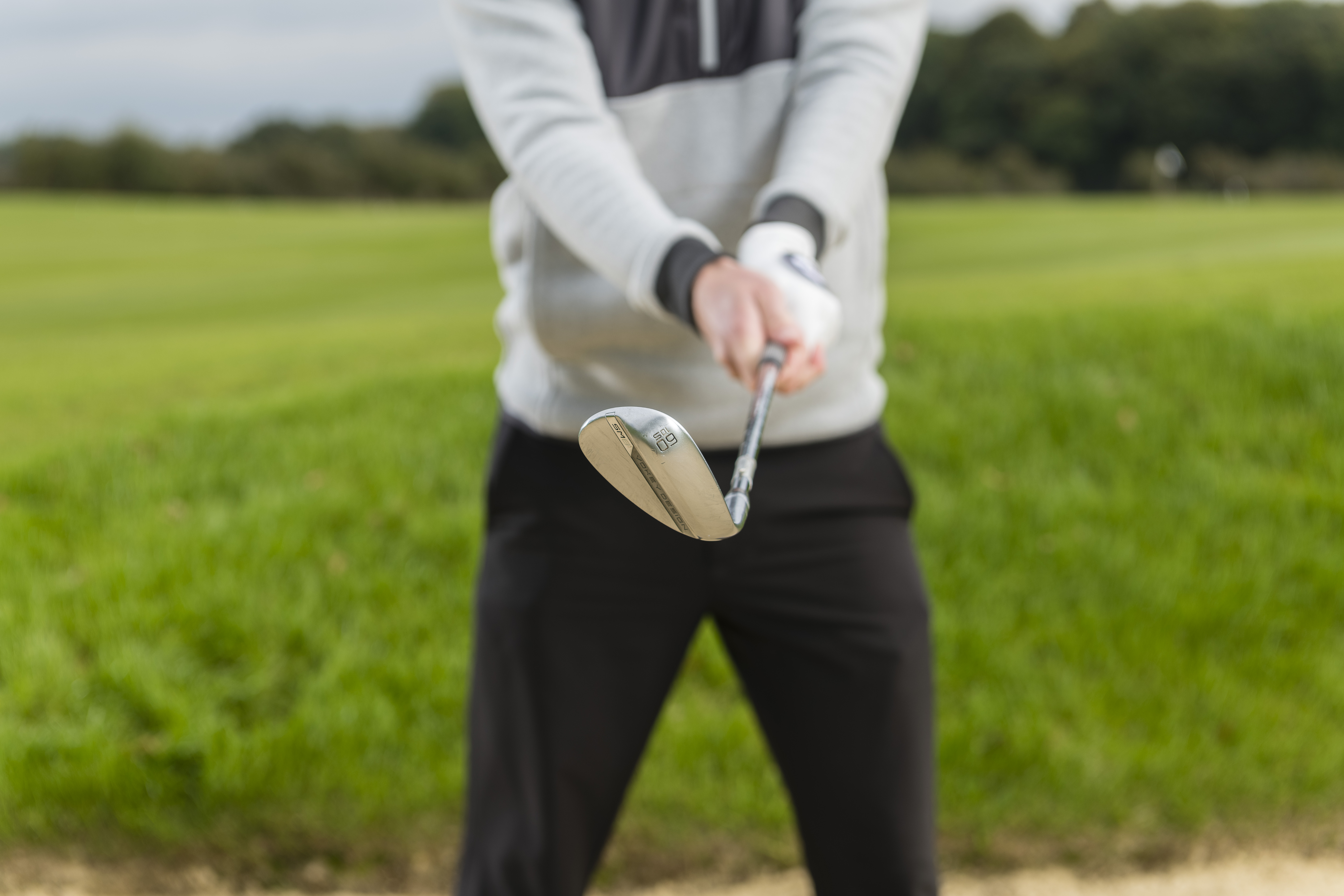
Many wedge manufacturers offer multiple sole grinds and finishes
Finish
Beauty is largely in the eye of the beholder when it comes to how you want your wedges to look. But there are one or two practical considerations to factor in too. Black or tour satin are probably the most popular finishes at the moment, with polished chrome falling out of favor. This is partly because of its tendency to reflect sunlight unhelpfully into your eyes from the un-grooved toe and heel parts of the face. Raw or ready-to-rust finishes are still available from the likes of Mizuno and others. But it’s probably a finish to avoid if the sight of a rusting club-head is likely to upset you!
Forgiveness
Forgiveness may not be such a pressing requirement with these short clubs, but some golfers will still prefer a little extra assistance. If that is the case, a wedge with more of a cavity back will provide an element of perimeter-weighted forgiveness. A slightly wider sole will offer more forgiveness in the strike and to help get the ball up. Bearing this in mind take a look at our guide on the most forgiving wedges guide.

Matt joined Golf Monthly in February 2021 covering weekend news, before also transitioning to equipment and testing. After freelancing for Golf Monthly and The PGA for 18 months, he was offered a full-time position at the company in October 2022 and continues to cover weekend news and social media, as well as help look after Golf Monthly’s many buyers’ guides and equipment reviews.
Taking up the game when he was just seven years of age, Matt made it into his county squad just a year later and continues to play the game at a high standard, with a handicap of around 2-4. To date, his best round came in 2016, where he shot a six-under-par 66 having been seven-under through nine holes. He currently plays at Witney Lakes in Oxfordshire and his favourite player is Rory McIlroy, despite nearly being struck by his second shot at the 17th during the 2015 BMW PGA Championship.
Matt’s current What’s In The Bag?
Driver: Honma TW747, 8.75°
Fairway Wood: TaylorMade Rocketballz Stage 2, 15°, 19°
Hybrid: Adams Super Hybrid, 22°
Irons: Mizuno MP54, 5-PW
Wedges: Cleveland 588 RTX 2.0 Tour Satin, 50°, 56°, 60°
Putter: Cleveland TFI 2135 Satin Cero
Ball: Titleist Pro V1x
- Sam TremlettSenior E-commerce Editor
-
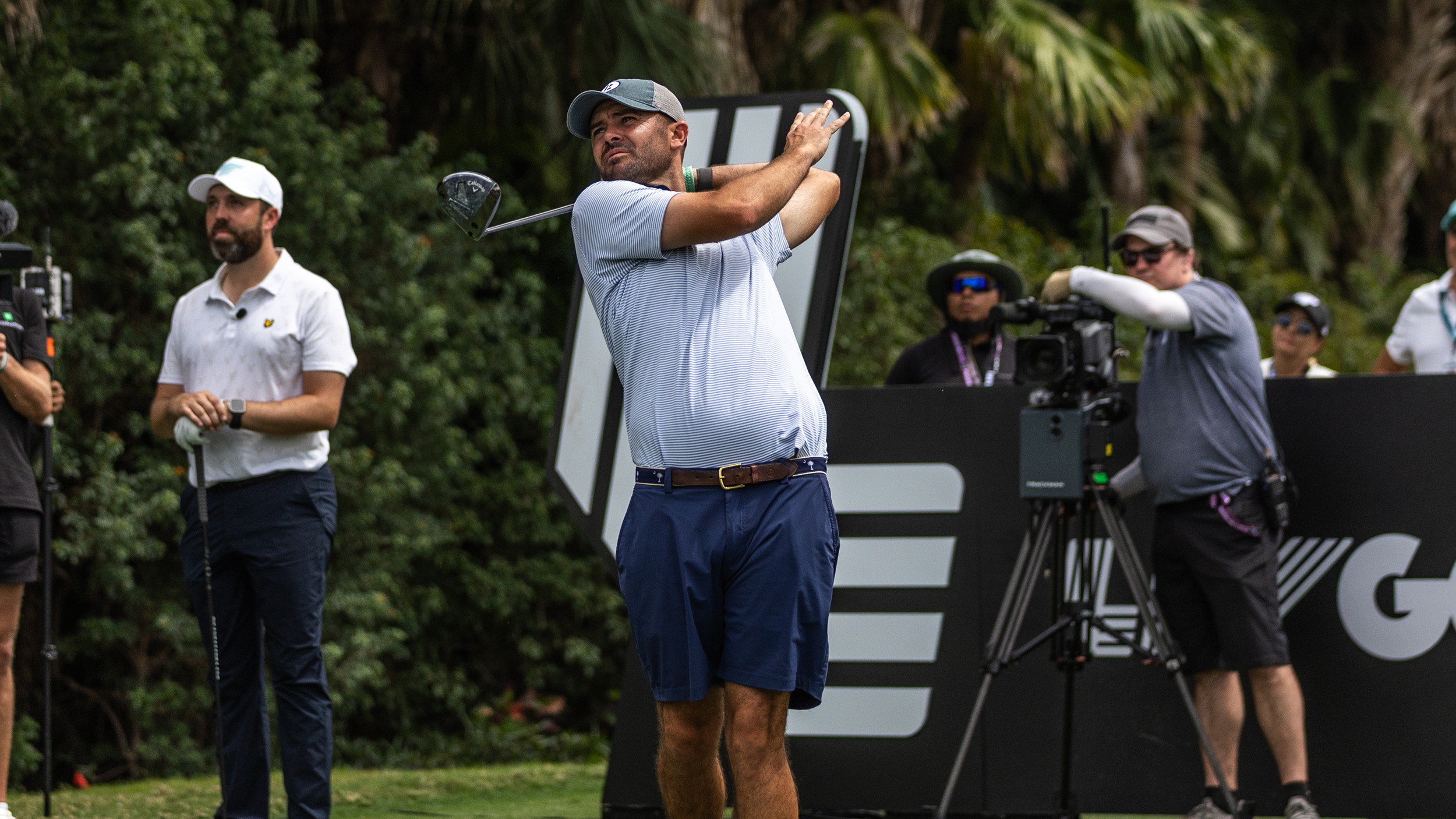 Reports: Wesley Bryan Suspended By PGA Tour After Playing In LIV Golf Duels
Reports: Wesley Bryan Suspended By PGA Tour After Playing In LIV Golf DuelsThe 2017 RBC Heritage winner is said to have been suspended by the PGA Tour after teeing it up in the recent LIV Golf creator event in Miami
By Elliott Heath
-
 LIV Golf Mexico City: Book Your Tickets To See The Stars Of The Game
LIV Golf Mexico City: Book Your Tickets To See The Stars Of The GameMexico City welcomes LIV Golf's all-star roster later this month, where you can see the world's best players and enjoy the show and the family friendly atmosphere
By Golf Monthly